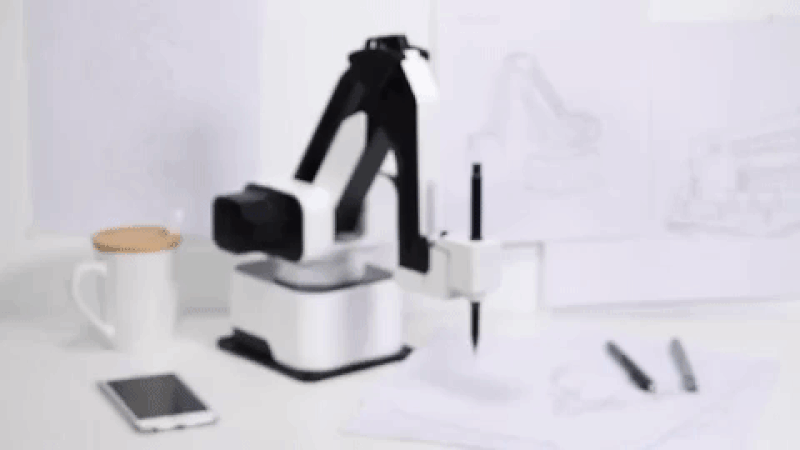Walker is one of newest robots from UBTECH Robotics. Below is just a few of the features and technologies used in its development.
1.Flexible walking on complex terrain: With gait planning and control, Walker can achieve stable walking on different surfaces including carpet, floor, marble, and more. Walker can also adapt to complex environments such as obstacles, slopes, steps, and uneven ground.
2.Self-balancing: When Walker is disturbed by external impact or inertia, it can automatically adjust its center of gravity to maintain balance.
3.Hand-eye coordination: Walker’s hands offer seven degrees of freedom to flexibly manipulate objects. By combining its hands with its own perception, Walker can also position dynamic external objects while adapting to uncertain conditions in real-time.
4.U-SLAM navigation and obstacle avoidance: UBTECH Simultaneous Localization and Mapping (U-SLAM) uses environmental information to avoid obstacles and determine Walker’s best path through a dynamic environment.
5.Face and object recognition: Walker has powerful machine vision capabilities to detect and recognize corresponding faces and objects in complex background environments.
6.Smart home control: Walker can help users control common household equipment such as lighting, electrical appliances and electrical sockets, enhancing safety, convenience, and comfort.
With so much innovative technology packed into its humanoid robot body, Walker has the intelligence and capabilities to make a helpful impact in any home or business in the very near future.
Founded in 2012, UBTECH is a global leading AI and humanoid robotic company. In 2018, UBTECH achieved a valuation of USD$5 billion following the single largest funding round ever for an artificial intelligence company, underscoring the company’s technological leadership.

